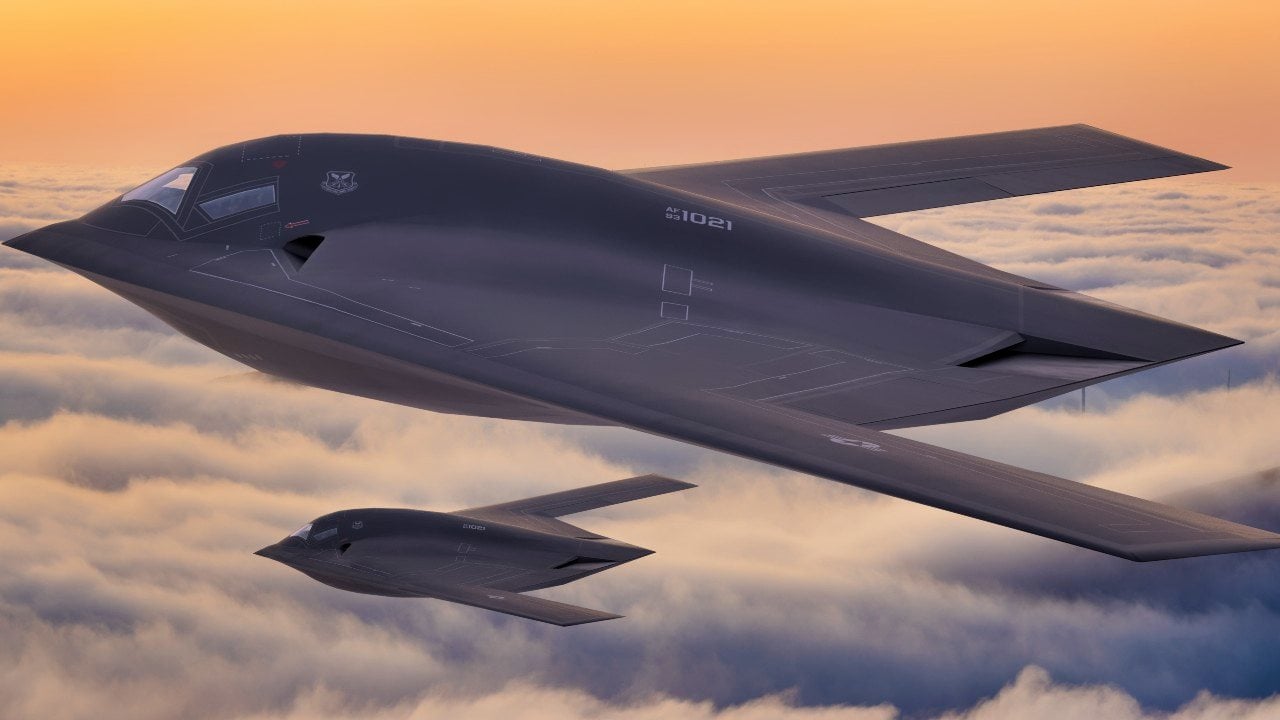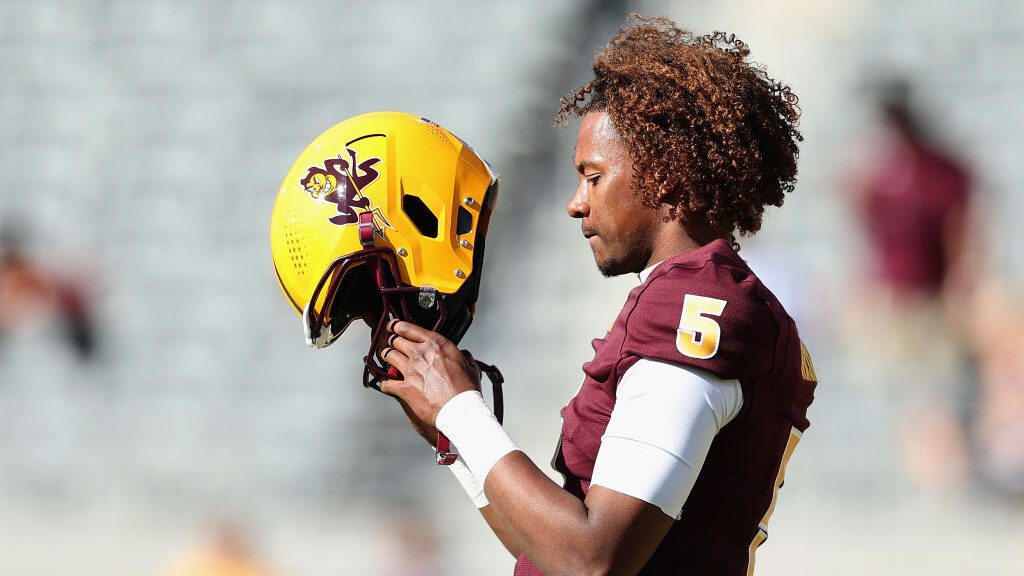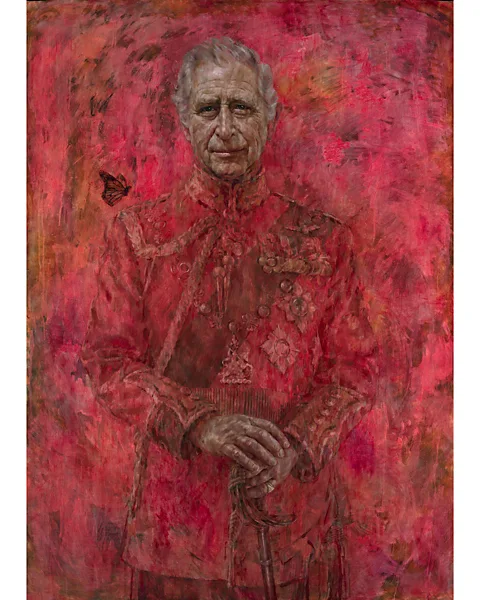
Russell’s dog Betty has been hanging with us for a visit. She’s a good dog, and one of her distinguishing features is her signature curly tail–something that you can’t help but notice while you are waiting, waiting, waiting for Betty to sniff every patch of grass or wet spot on the pavement. The curly tail gives rise to a question: why do some dogs have curly tails, whereas others do not?
The answer seems to be a combination of genetics and . . . human beings. The genetics come into play thanks to a gene called the T-box transcription factor, which affects the development of neural connections for the brain and the spinal cord and is associated with tail shape in dogs, and through production of collagen, which also affects the degree of curl. Humans have had an impact because people historically have liked curly tails in dogs, and for generations have compounded the genetic effect of the T-box transcription factor and collagen production by selectively breeding dogs to enhance the development of curly tails. Some breeds, like the Akita and Chow Chow, are known for their curly tails. Betty clearly has inherited a significant supply of those curly tail genes.
Curly tails also have functional attributes, affecting balance and agility and, for some breeds, enhancing swimming ability. And tails also are an important part of a dog’s communications array. With Betty’s almost circular-shaped, fluffy rear end appendage sweeping through the air in majestic wags, it’s not hard to tell when she is happy. Her ancestors may have had a leg up in getting table scraps as a result, so the curly tail may also have had an impact in the survival of the fittest–or cutest.












